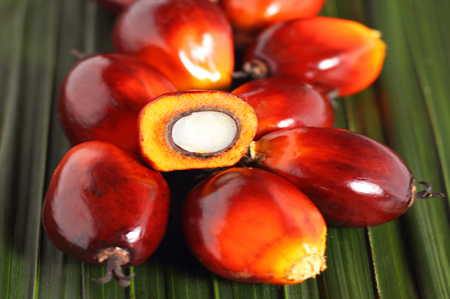 (Bloomberg) – Palm oil shipments from Indonesia, the world’s biggest exporter, probably fell in December to the lowest level in four months amid expectations demand from China and India is waning.
(Bloomberg) – Palm oil shipments from Indonesia, the world’s biggest exporter, probably fell in December to the lowest level in four months amid expectations demand from China and India is waning.
Exports, including palm and kernel oils, dropped 2.5 percent from a month earlier to 2.33 million metric tons, according to the median of seven estimates from analysts, refiners and planters. That’s the lowest since August 2015, according to data from the Indonesian Palm Oil Association.
A seasonal low in production is curbing exports and coincides with a drop in supplies from Malaysia, the second-biggest grower. The strongest El Nino in almost two decades has hurt oil palms in Southeast Asia, while a La Nina weather event that’s forecast to materialize in the second half may cause flooding and harvest delays. A slump in crude oil to near a 12-year low is also making palm oil a less attractive option for biofuel feedstock.
“Demand, especially from India and China, is weakening,” said Sahat Sinaga, executive director at the Indonesian Vegetable Oil Industry Association. Exports also fell as low crude oil prices reduced the appeal of palm used in biofuel, he said.
Futures on Bursa Malaysia Derivatives rose 0.3 percent to 2,441 ringgit ($554) a ton by midday break in Kuala Lumpur on Monday. Prices climbed 9.7 percent last year, touching 2,508 ringgit on Dec. 31, the highest since June 2014. Crude oil slumped more than 30 percent in 2015.
“The market is very weak,” said Teguh Patriawan, director at PT Nusantara Sawit Persada, a grower in Jakarta. “China is usually very active ahead of the Lunar Year, but now seems so sluggish.”
Inventories probably totaled 2.9 million tons in December and production was 2.43 million tons, the survey showed. That compares with November reserves of 3.1 million tons and output of 2.7 million tons in a survey conducted last month.
La Nina
Traders are monitoring for signs of El Nino’s impact on palm output in the first half, Hiro Chai, associate director at CIMB Futures Sdn., said in a Jan. 5 note. The rainy season is expected to end by February, signaling the high-output cycle will kick in soon, he said.
The Indonesian government expects La Nina to materialize from October, Agriculture Minister Amran Sulaiman said Jan. 6. La Nina, sometimes thought of as El Nino’s opposite, typically brings more rainfall to Indonesia. Australia’s weather forecaster says El Nino has peaked and there’s a chance of its counterpart occurring in the second half of the year.
The Indonesian Palm Oil Association will release December export data later this month.




